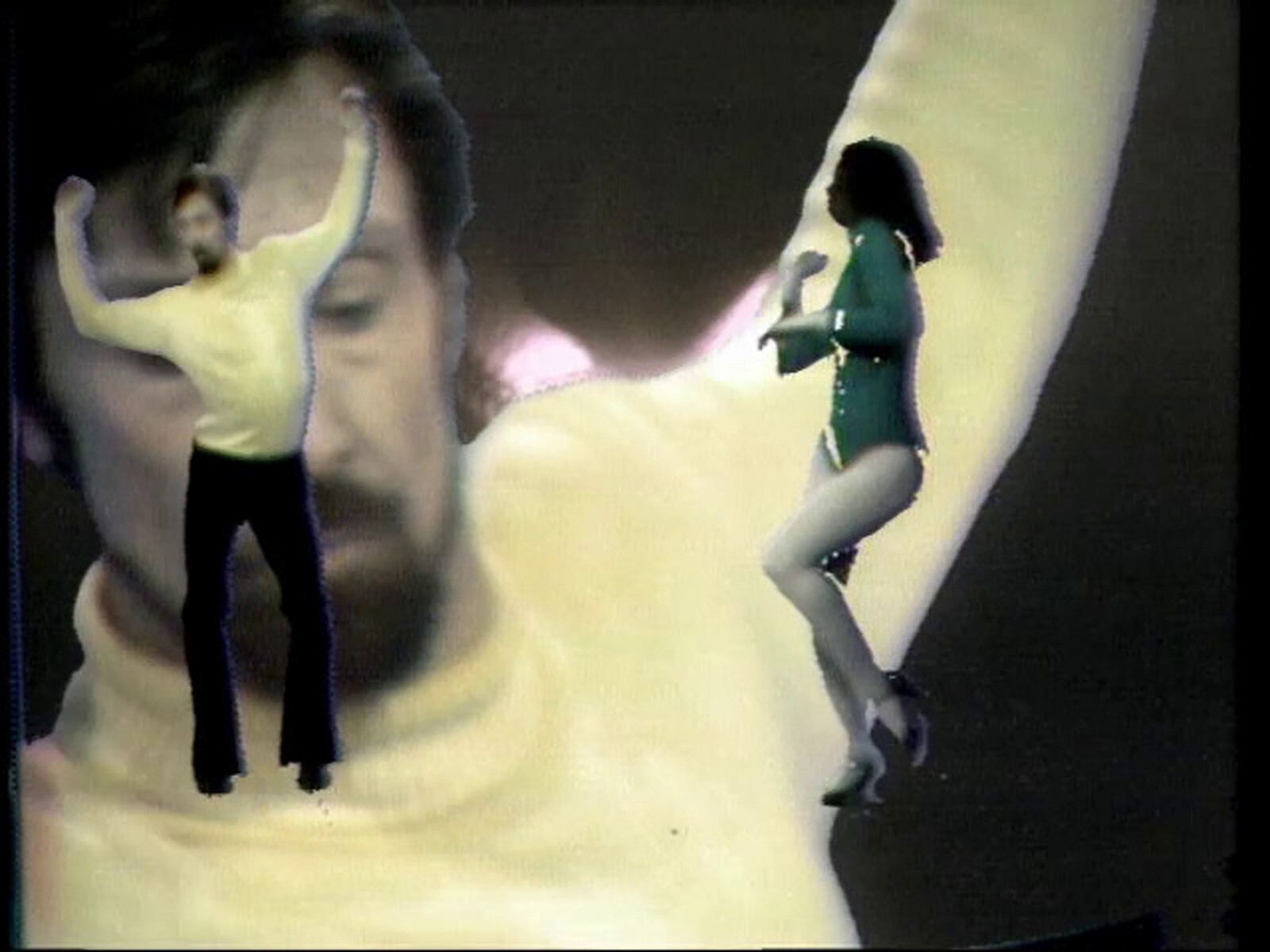Art, Dance, Performance and Protest
August 13–November 14, 2021
Museumsplatz 1
45128 Essen
Germany
Hours: Tuesday–Sunday 10am–6pm,
Thursday–Friday 10am–8pm
From August 13 to November 14, 2021, Museum Folkwang is devoting a major interdisciplinary exhibition to dance and its links to the fine arts, fashion design and performance art: Global Groove. Art, Dance, Performance and Protest looks back across 120 years of dance and art history, and beyond Europe and North America to Asia. The focus is on those trailblazing moments when artists from Western and (South) East Asian societies meet and new forms of artistic expression arise.
From the early performances by Asian dancers in Europe around 1900 to the pioneers of modern dance, and on to the first Happenings by Japanese Butoh dancers, the Global Groove exhibition explores a West-East cultural history of contact—right up to contemporary collaborations. The linkages between the Western and Eastern avant-gardes are portrayed using the history of contact between choreographers, dancers, artists and intellectuals from Europe, the United States, and Asia. A prologue and six chapters highlight the power of dance to stimulate social developments. On show are over 300 exhibits by more than 80 different artists, amongst them John Cage, Merce Cunningham, Martha Graham, Leiko Ikemura, Rei Kawakubo, Ernst Ludwig Kirchner, William Klein, Harald Kreutzberg, Isamu Noguchi, Kazuo Ohno, Yoko Ono, Nam June Paik, Auguste Rodin, Ulrike Rosenbach, Sonia Khurana, and Mary Wigman.
Paintings, sculptures, costumes, photographs, video works, extensive installations and performances guide visitors away from metropolises in the West, such as Paris and New York, and out into rural southern England and then beyond, to Cambodia and India, and even to the north of Japan. Contemporary artists reflect on the central historical moments of encounter to supplement the chronological tour of the show by adding the perspective of today. Loïe Fuller’s famous late-19th-century Serpentine Dance at the beginning of the exhibition encourages visitors to think about movement and transformation. Opposite it, the 39-meter-long tapestry Foreverago (2017) by US artist Pae White meanders through the hall like an ornamental sculpture. From early encounters between Western and East Asian culture, such as the work relationship between sculptor Auguste Rodin and dancer Hisa Ota (Madame Hanako) in Paris in 1907, the path leads on to Simon Starling who, with his expansive multimedia installation At Twilight (2014–16), brings to mind Japanese Noh theatre. Choosing Butoh dance as its example, the exhibition focuses on new expressive forms in dance and performance art: Founded by Tatsumi Hijikata and Kazuo Ohno in the late 1950s in Japan, Butoh dance melds various art forms and cultures. In the 1970s, the artist duo Eiko & Koma took up the dance form, as did French choreographer Boris Charmatz in 2009 with his Rebutoh programme series.
Global Groove paints a multifaceted picture of West-East linkages in the field of dance. These include Western dancers such as Mary Wigman, whose oeuvre is rich in Asian influences, although she herself never travelled there. Asymmetrical relationships in which the foreign is press-ganged into service for one’s own aesthetic progress alternate with working relationships where the artists interact as equals, such as choreographer Martha Graham and sculptor and designer Isamu Noguchi. With ever-increasing mobility, as of the second half of the 20th century there has been far more interaction around the globe, resulting in new cultural impulses between dance and fashion design, such as is the case with Pina Bausch and Yohji Yamamoto. Kazuo Shiraga’s encounter with Jackson Pollock’s Drip Paintings prompted him to spread his canvas on the ground and in the form of his foot paintings give the body a new artistic stage. Feminist artists such as Ulrike Rosenbach, Tejal Shah and Sonia Khurana, who use their own bodies as the material and venue for their critique of gender inequality, create new images of the body and provide a political stimulus for a society of equal opportunities.
The exhibition highlights include the jersey costumes created by haute-couture designer Rei Kawakubo in 1997 in New York for Merce Cunningham and his ensemble, as well as the expansive installations by artists Haegue Yang and Anouk Kruithof. Choreographer and dancer Mette Ingvartsen contributes a contemplative garden in the form of The Life Work, reminiscent of the culture of Japanese Zen gardens. The performative installation has been realized in cooperation with Ruhrtriennale and will be activated on several weekends by four women born in Japan in the 1930s-1940s—who tell us stories from their lives and their migration to Germany.
Funded by: the Kulturstiftung des Bundes (German Federal Cultural Foundation). Funded by the Beauftragte der Bundesregierung für Kultur und Medien (Federal Government Commissioner for Culture and the Media).
Funded by: Ministerium für Kultur und Wissenschaft des Landes Nordrhein-Westfalen, Kunststiftung NRW, The Japan Foundation
Press contact
Yvonne Dänekamp, T +49 201 8845 160 / yvonne.daenekamp [at] museum-folkwang.essen.de



